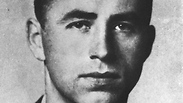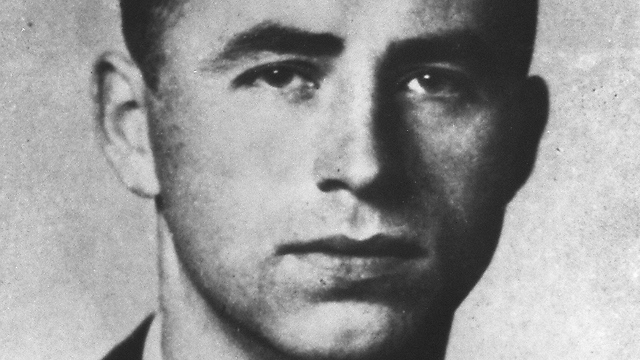
Until now, Brunner was reported to have died around 2010 in Damascus, where he fled in 1954 and lived under government protection, according to leading Nazi hunters.
But in a report published in the quarterly magazine Revue XXI, Hedi Aouidj and Mathieu Palain say information gleaned from three of his bodyguards showed that Brunner died shortly after the death of Syrian leader Hafez al-Assad in 2000.
In a French public radio interview, Aouidj said Brunner had effectively been an employee of the Syrian leadership, where he trained top level intelligence services staff.
"He trained Assad's innermost circle. He got a salary from the Damascus regime. He was clothed by the Damascus regime and he was lodged by the Damascus regime," Aouidj said.
But things went badly awry for Brunner when the current Syrian leader, Bashar al-Assad, took over from his father in July 2000. Brunner was confined to a cell and ultimately died in deplorable conditions.
"He was ditched by Bashar," Aouidj said.
Brunner was previously reported to have been seen alive in Damascus as late as 2003. Efraim Zuroff, head of the Nazi-hunting Simon Wiesenthal Center's Israel office, told Reuters in 2014 Brunner was thought to have died in 2010, but the center had never been able to forensically verify Brunner's death.
Brunner was described as the right-hand man to Eichmann, a leading Holocaust architect who was captured in Argentina in 1960 and later hanged after a trial in Israel.
Although never brought to justice, Brunner was tried and sentenced to death in absentia in France in 1954 for crimes against humanity. He lost several fingers and an eye in two letter-bomb assassination attempts attributed to Israeli agents.

















